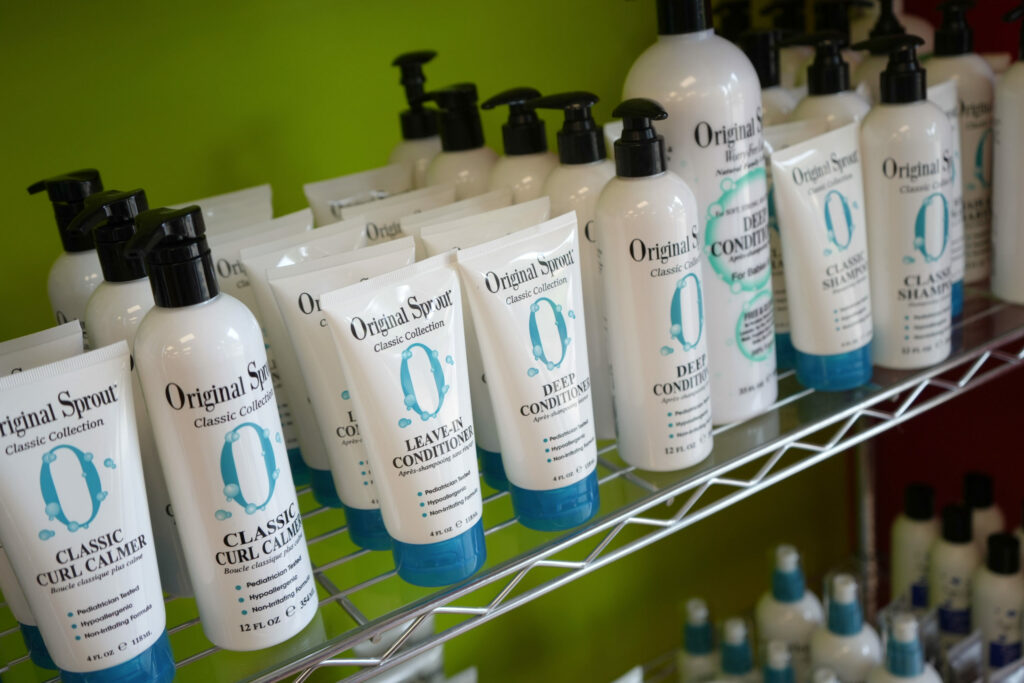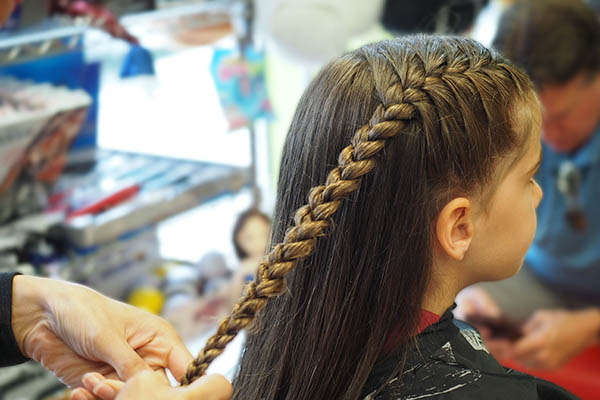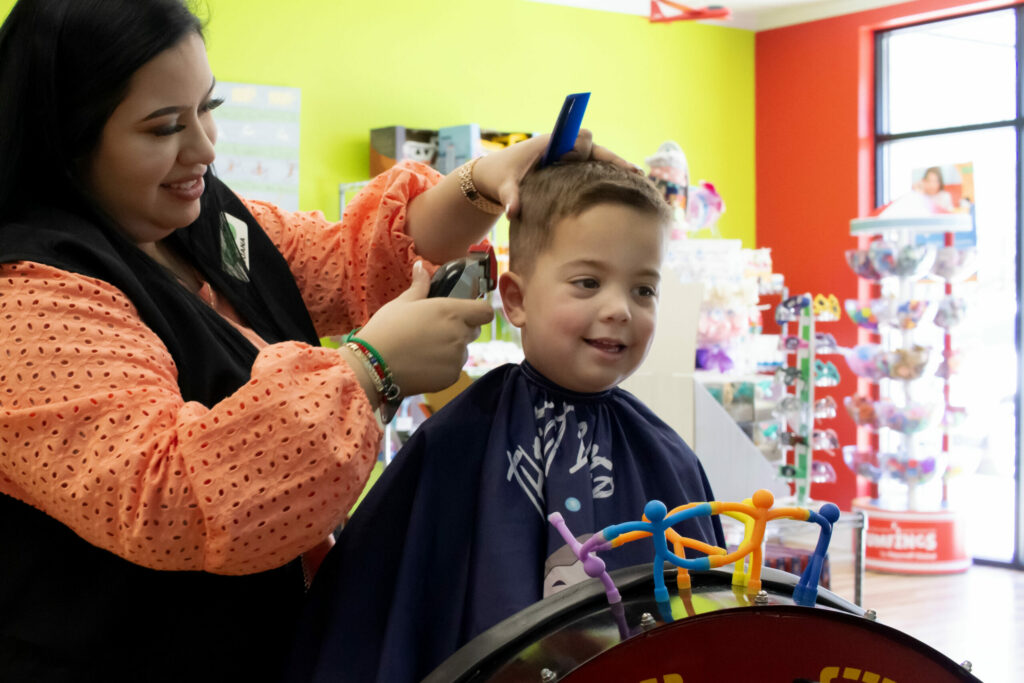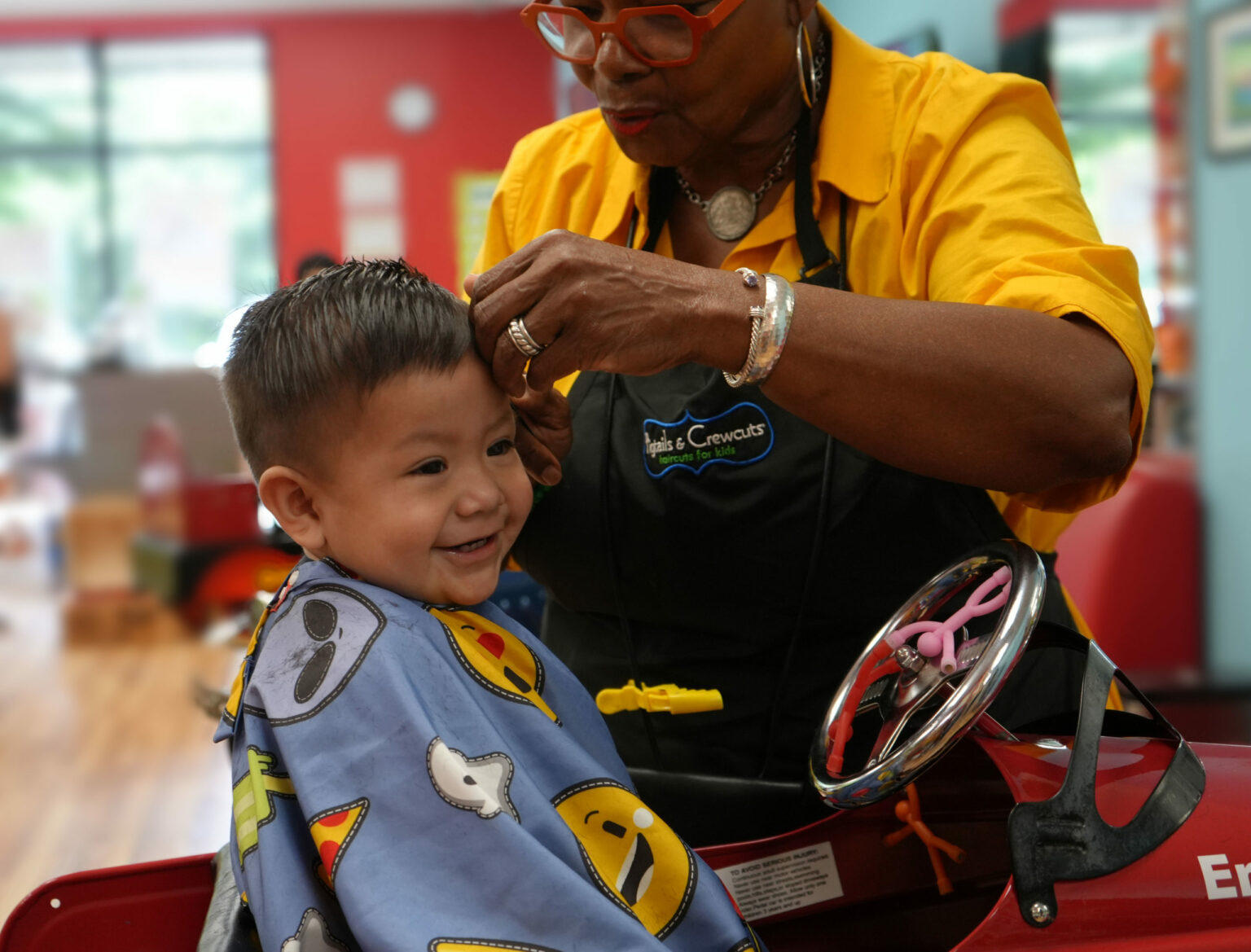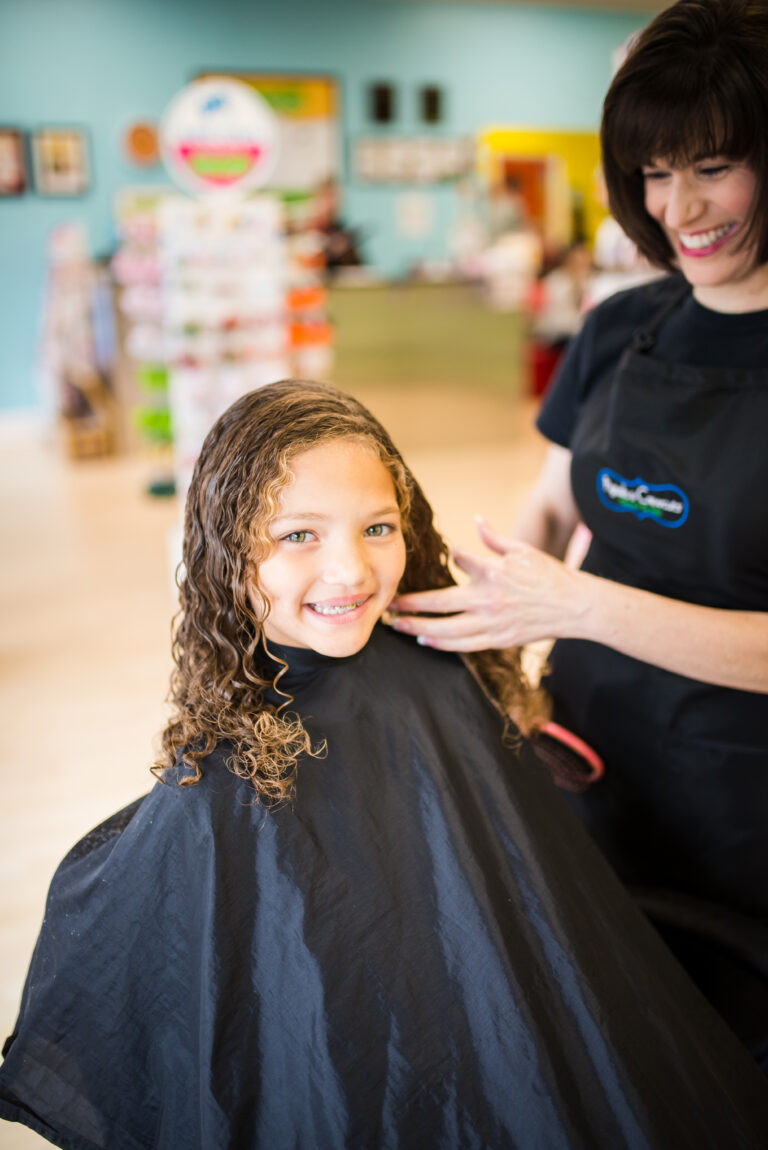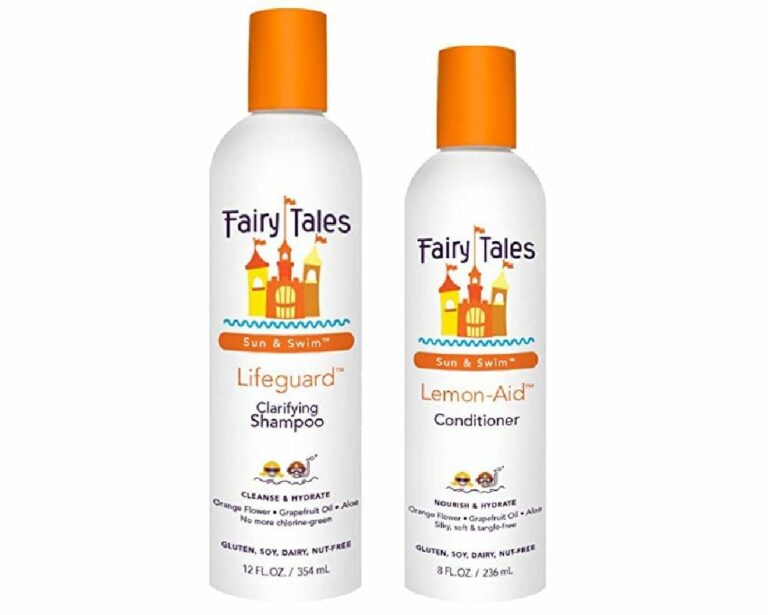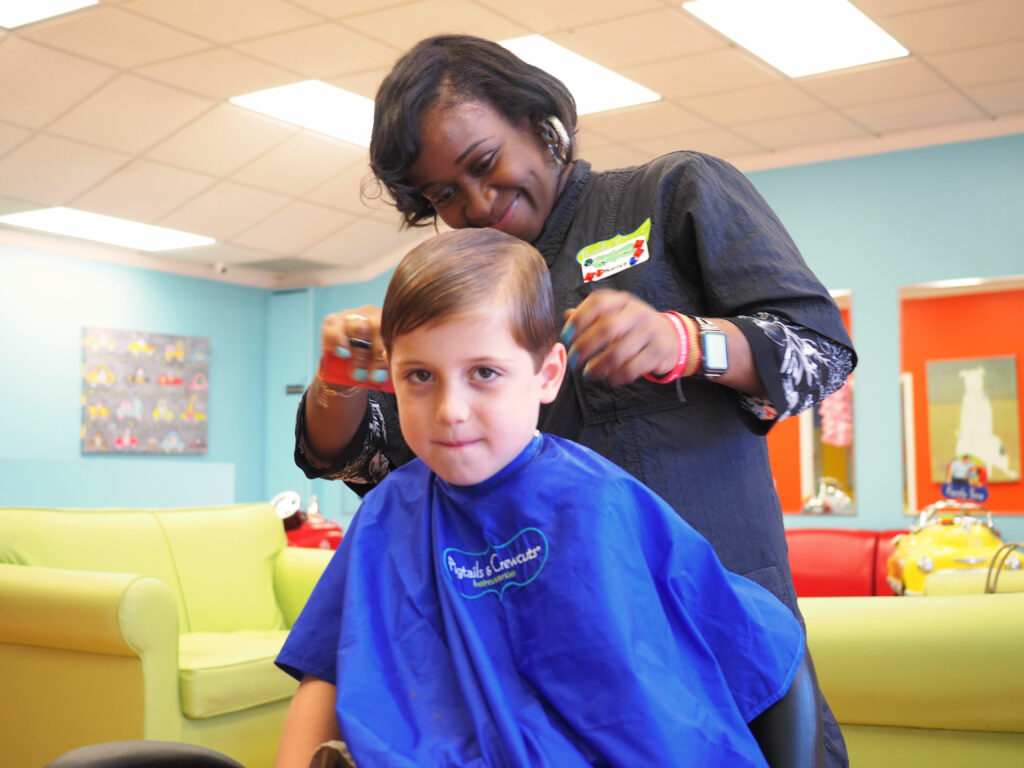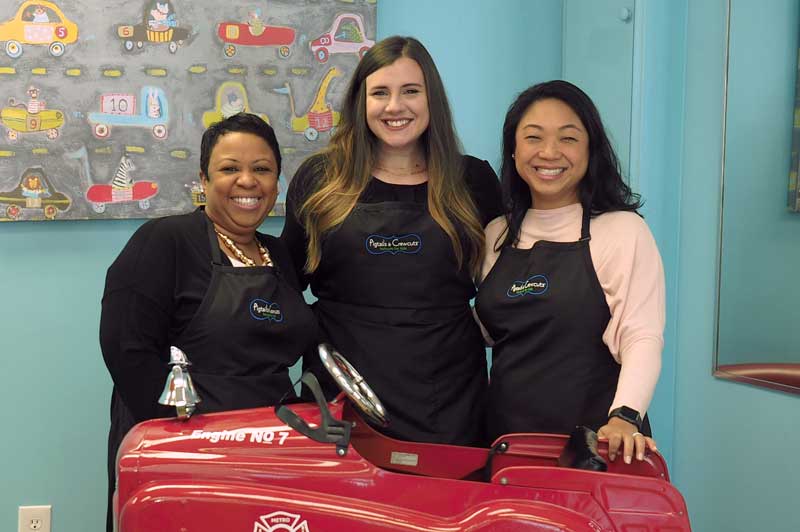Discovering that your child has lice can be stressful and overwhelming, but it’s important to stay calm and take swift action to address the issue effectively. Here’s a step-by-step guide on what to do if your child has lice:
1. Confirm the Diagnosis
Inspect your child’s scalp carefully for signs of lice, including small, sesame seed-sized insects crawling near the scalp, as well as tiny white or yellowish eggs (nits) attached to the hair shafts close to the scalp. You may also notice itching, redness, or small red bumps on the scalp and neck. If you suspect lice infestation, consult with your child’s pediatrician or school nurse for confirmation and guidance.
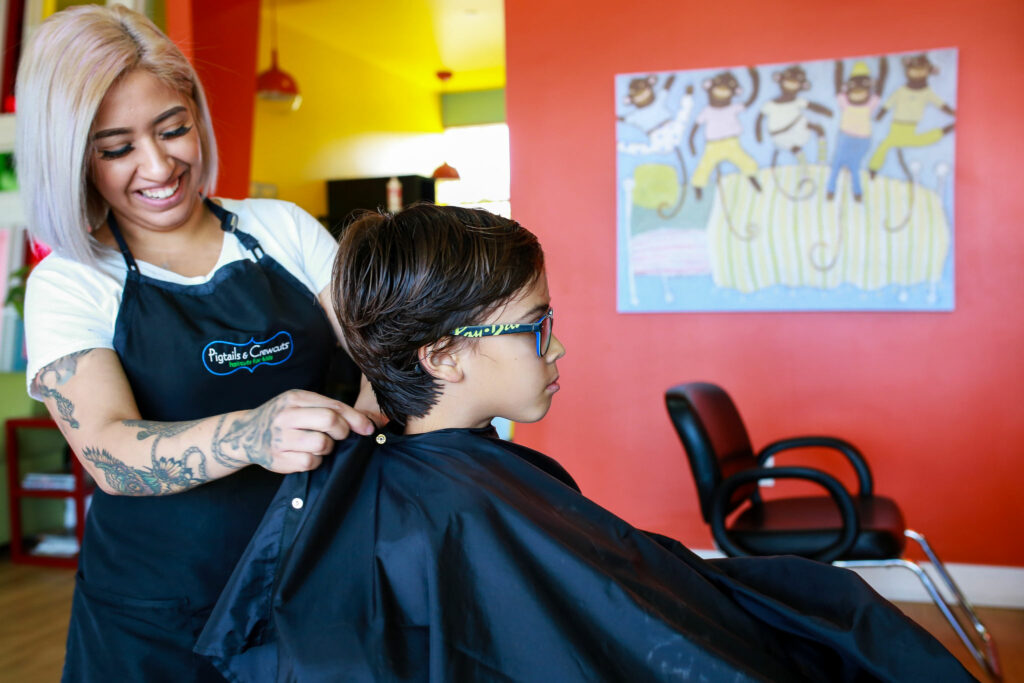
2. Inform Close Contacts
Notify anyone who has been in close contact with your child, such as family members, friends, or classmates, so they can check for lice and take appropriate precautions if necessary. Lice can easily spread through direct head-to-head contact or by sharing personal items like hats, combs, and hair accessories.
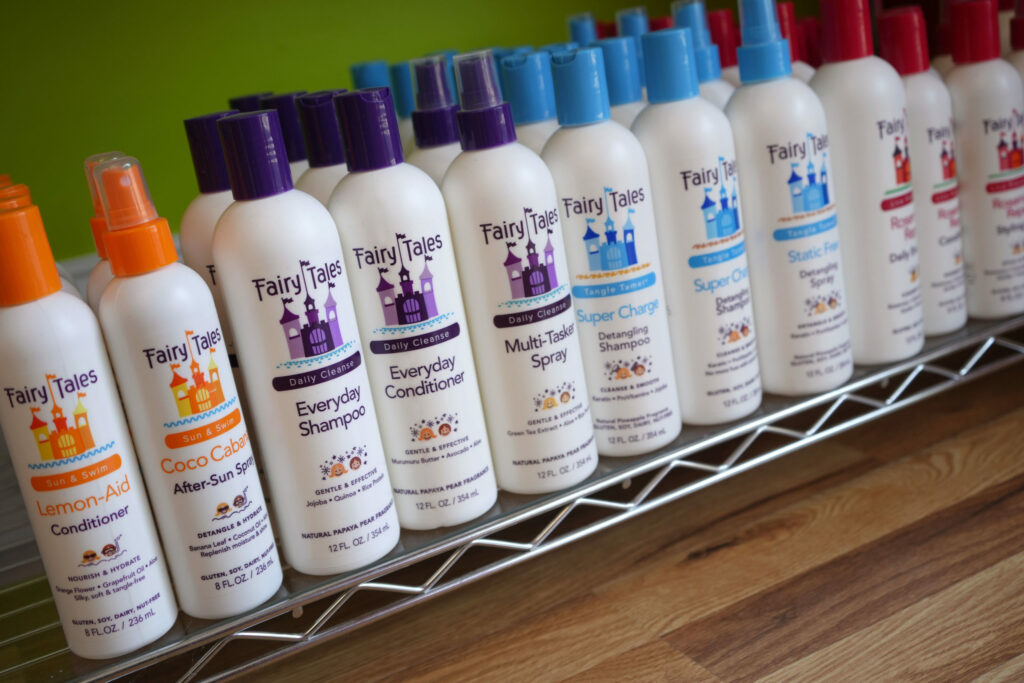
3. Treat the Infestation
Choose an appropriate lice treatment based on your child’s age, health condition, and the severity of the infestation. Over-the-counter lice shampoos or treatments containing pyrethrin or permethrin are commonly used to kill lice and their eggs. Follow the instructions carefully when applying the treatment and be sure to cover all affected areas of the scalp and hair. After treatment, use a fine-toothed lice comb to remove dead lice and nits from the hair shafts.
4. Clean and Disinfect
Thoroughly clean and disinfect any personal items that may have come into contact with lice, such as clothing, bedding, hats, hairbrushes, and hair accessories. Machine wash and dry clothing and bedding at high temperatures, and seal non-washable items in a plastic bag for at least 2 weeks to suffocate any remaining lice. Vacuum upholstered furniture and carpets and discard vacuum bags or clean the vacuum thoroughly afterward.
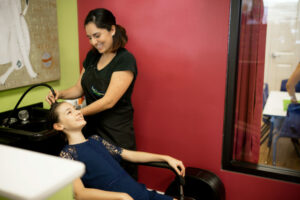

5. Prevent Reinfestation
Take steps to prevent lice from returning or spreading to others by following these precautions:
Encourage your child to avoid close head-to-head contact with others.
Instruct your child not to share personal items like hats, hairbrushes, combs, or hair accessories.
Teach your child good hygiene practices, such as washing their hands regularly and avoiding sharing personal items with others.
Perform routine head checks on your child and family members, especially if lice outbreaks occur at school or in the community.
6. Monitor and Follow-Up:
Keep an eye on your child’s scalp and hair for any signs of lice or nits in the weeks following treatment. It may be necessary to repeat the lice treatment or use additional combing techniques to ensure that all lice and eggs have been eliminated. If the infestation persists or if your child develops severe itching, irritation, or skin infections, consult with your pediatrician for further evaluation and treatment options.
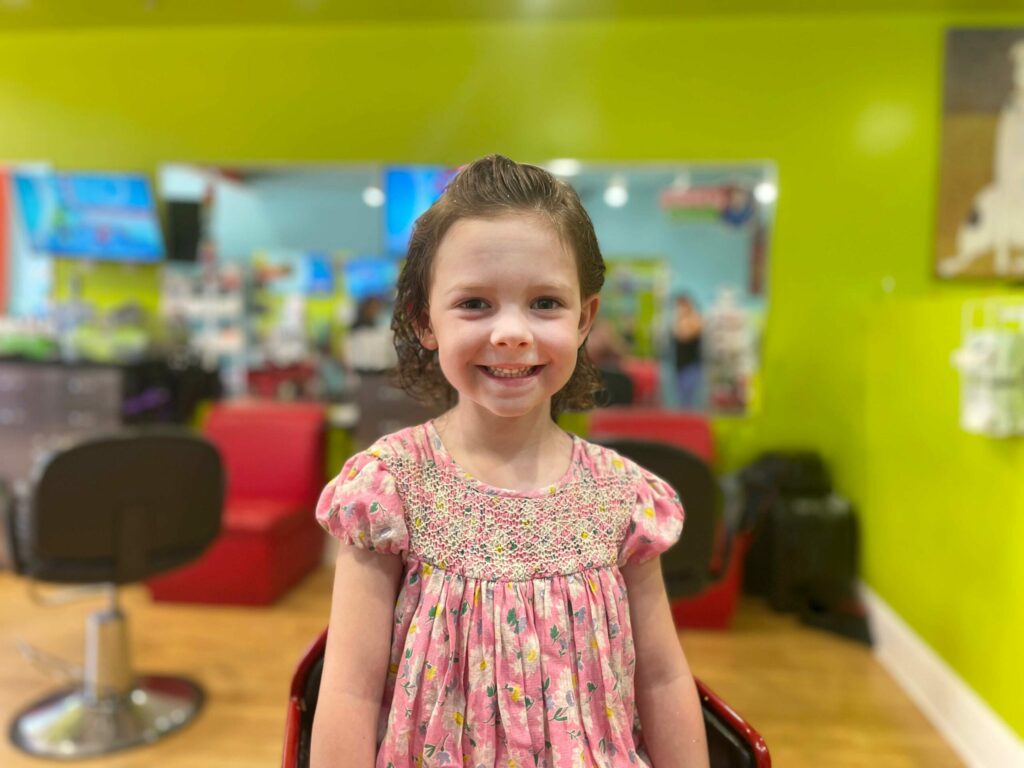
Dealing with a lice infestation can be challenging, but with prompt treatment, thorough cleaning, and preventive measures, you can effectively manage the situation and help your child return to normal activities with confidence. Remember to seek support from healthcare professionals, school officials, and other parents if needed, and reassure your child that lice infestations are common and treatable.
![20161025_P+C_Logo[RGB] Pigtails & Crewcuts logo](https://pigtailsandcrewcuts.com/atlanta-smyrna-vinings/wp-content/uploads/sites/3/elementor/thumbs/20161025_PC_LogoRGB-q0f6i79ou6896fvq6l4jqldahfmvzdyzj8a4h6q3uo.png)
